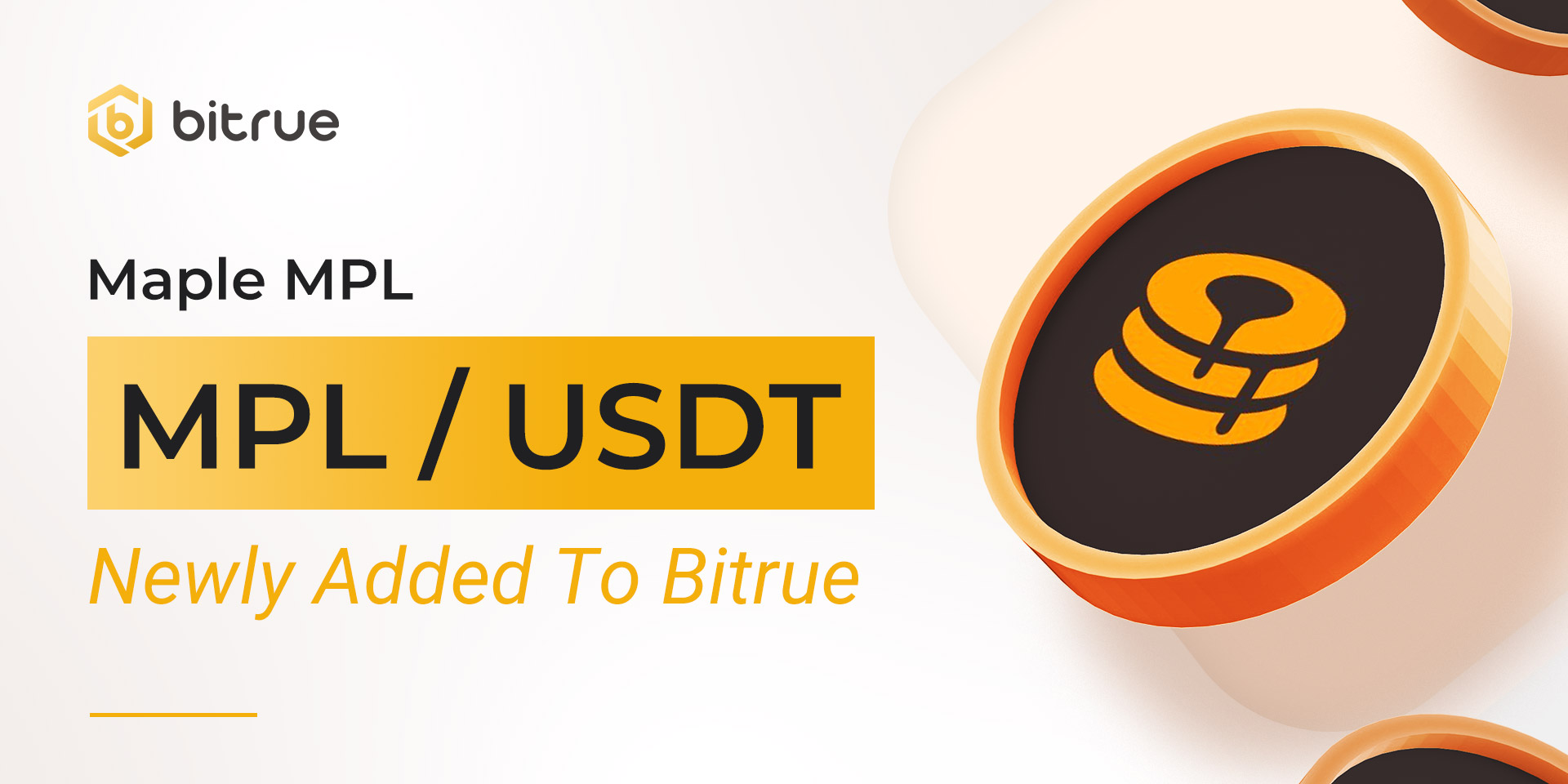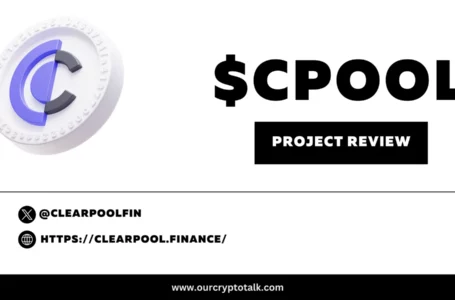
Maple (MPL) operates as a decentralized peer-to-peer lending protocol. The network differs from its predecessors in that it provides under collateralized loans for institutional and accredited borrowers. The goal of the project is to drive DeFi (decentralized finance) adoption rates in the enterprise sector up.
Maple’s unique approach to DeFi has paid off so far. The network has managed to provide +$739,933,238 in liquidity to borrowers according to company documentation. Additionally, the system has future potential to assist other protocols as its credit scoring can be leveraged across other DeFi systems.
How Does Maple (MPL) Work?
Maple creates an institutional capital marketplace via its decentralized structure and smart contracts. There is no human intervention required for the network to complete its protocols. Maple operates on the Ethereum blockchain which is the largest DeFi network in the world. The system includes lending pools, pool delegates, community governance, and a purpose-built cryptocurrency.
What Problems Does Maple (MPL) Attempt to Fix?
The developers behind Maple focused on a variety of issues that lenders and borrowers face daily. For one, it provides access to much-needed funding. The network operates as a decentralized corporate credit market that enables borrowers to build their credit and expand their businesses. This credit system could one day function as a helpful service to other developers seeking to service premium borrowers and credit-worthy businesses.
Locked Funds
Another major issue that plagues DeFi lending protocols is locked funding. When you get a traditional loan, your collateral remains locked up until you repay the loan terms. Most DeFi lending protocols require users to over-collateralize in order to access funding. This over-collateralization is required to prevent the entire system from failing.
Over-collateralization hurts companies because it creates pockets of locked funds that borrowers can’t use to take advantage of other earning opportunities. Firms with an excellent credit history are accustomed to accessing funds with little collateral via the centralized markets. If DeFi is ever to close the gap on CeFi, it will need to meet the needs of these large borrowers.
Benefits of Maple (MPL)
There are many benefits that Maple brings to the sector. Maple provides a decentralized infrastructure that streamlines the borrowing process while creating sustainable earning opportunities for lenders. Additionally, the protocol was built with security in mind. It has undergone multiple audits by reputable third-party firms.
Maple Finance (MPL) – Homepage
Transparent
Another huge plus of Maple is that all transactions take place on-chain. This approach makes it easy to verify transactions and the overall health of the network. A simple Ethereum blockchain explorer is all that you need to gain valuable insight into the Maple ecosystem.
Passive Income
The main draw for Maple lenders is the fixed-income opportunities. The project creates a sustainable yield source through the integration of various lending pools. These pools are geared to meet the needs of large enterprises and premium institutions.
Lender Protections
Unlike the majority of DeFi P2P lending protocols, Maple was designed to provide another level of protection to lenders. The network is one of a select few to conduct due diligence on borrowers. This process includes examining key criteria including a borrower’s reputation, expertise, and performance to evaluate the terms of the loan. Additionally, a Pool Delegate can request Borrowers submit financials for confidential review. All of these actions ensure that Maple services the needs of accredited borrowers.
Staking
Users can also stake their tokens to secure easy returns. Staking is a simple way to generate passive income. You just lock your MPL into a network smart contract for a pre-determined time. You receive BPT tokens for our participation. This approach provides another layer of earning opportunities. Users can trade BPT tokens on ERC-20 compatible DEXs (decentralized exchanges).
Upon the end of the staking period, you will receive your rewards and the protocol will return your staked tokens. Staking is a better option for new users versus trading for multiple reasons. Staking requires very little research and there is no risk of losing your original staked asset. Staking protocols provide consistent returns that are predetermined based on the level you stake. As such, staking protocols are now standard on most DeFi systems..
Maple Lending Pools
In the Maple ecosystem, lending pools enable borrowers to gain instant access to funds. Notably, each Liquidity Pool is managed by a single Pool Delegate. The Pool Delegate is the person who decides the terms of the lending pool. As such, they can create lending pools geared towards a particular credit quality, region, industry, or more.
Pool Delegates are responsible for negotiating the loan terms and performing all due diligence on borrowers. To become a pool delegate, you must stake at least $100,000 in MPL. For your efforts, you receive rewards in the form of interest. Pool delegates must handle any collateral liquidation events as part of their responsibilities as well.
MPL – CoinGecko
MPL
MPL is the main utility token for Maple. Users can conduct transactions with this Ethereum token in a p2p manner. This token serves multiple roles in the market. Users can stake their MPLto secure returns. It’s also how you create lending pools and pay fees. All rewards are paid out in MPL which enables users to secure compounding yields.
Consensus
Maple (MPL) integrates a DAO (decentralized autonomous organization) to manage the affairs and future upgrades to the network. DAOs are a popular feature in the DeFi market today because they provide more transparency and give each user an opportunity to influence the course of the project. In the Maple network, users stake their MPL tokens to gain access to the governance features.
Bottom Line
Maple provides enterprise-level clientele with secure access to an entirely new line of credit. Premium borrowers can reserve loans and build their reputation using this system. In this way, Maple fills a niche in the market. As such, the protocol remains well-positioned to benefit from large-scale DeFi adoption in the coming years.



















